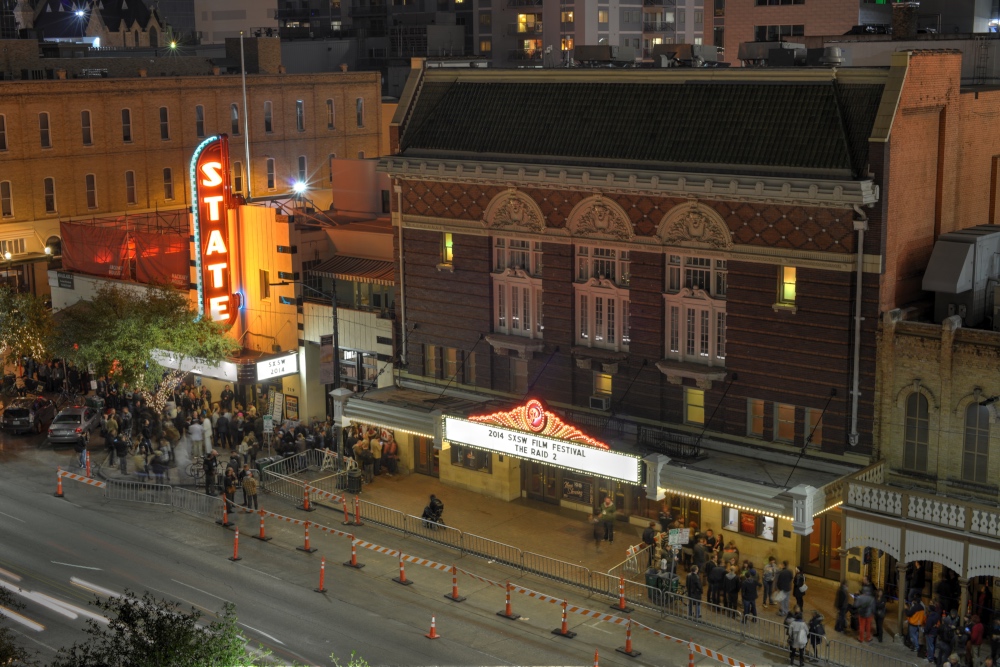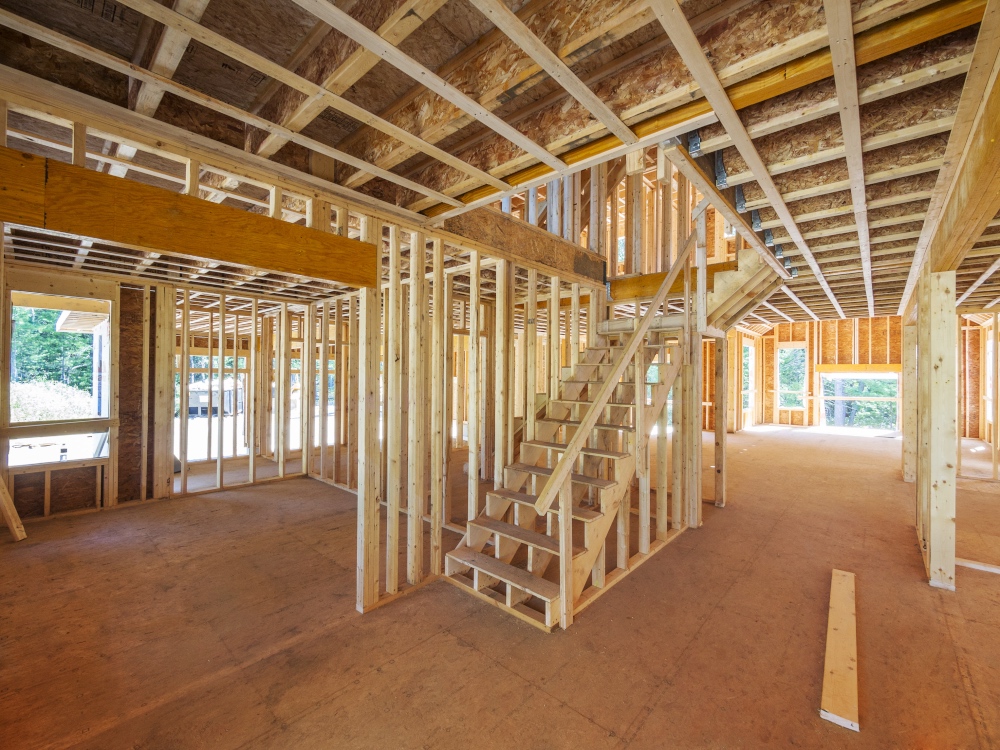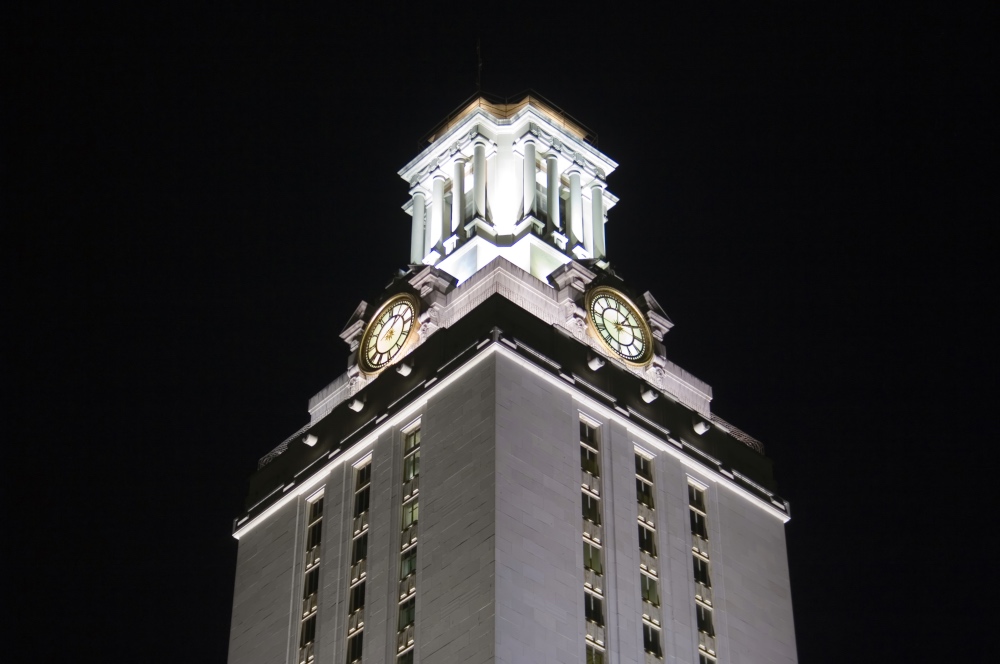
As the old saying goes, everything is bigger in Texas. And in the case of the city’s capital of Austin, that includes what most citizens across the country value the most—the economy. But non-Austinites may wonder what exactly is driving Austin’s nitro fueled economy? The answer, of course, is an open secret that has become to define Texas’s capital city—innovation.
By choosing to think outside of the box and cultivate its signature brand of “weirdness,” Austin has been able to create a diverse and synergistic economy that consistently places the state capital at the top many people’s choice as the best places to live. But to truly know the power of Austin and understand what has made it such an economic powerhouse, the best thing to do is to move here and find out for yourself. But if you’re still on the fence, here is some background to what is driving Austin’s nitro fueled economy and what it means:
The Power of SXSW

While known to many as primarily indie music and movie capital of the world, in many ways SXSW can be attributed to the genesis of the tech scene in Austin. It is true that this and all the other music festivals bring ample revenue into the city every year, the generation of a homegrown tech industry set the city on a course of prosperity rarely seen outside of the country’s two coasts.
And it all happened rather by accident. In 1994, Southwest Interactive was added to the festival’s music and film scenes, and it quickly became the most popular aspect of the festival. As NPR’s Joe Nick Patoski put it in his piece, “How Austin Got Weird,” “From an Austin perspective, high tech was the new punk rock…Like music and film, SXSW Interactive was the alternative to mainstream technology conventions … At SXSWi, an independent developer or a startup had a chance to network, be heard, learn something from a panel discussion, make an impact, and maybe even cut a deal. “
And the festival allowed them to do just that. By lending access to outsiders of Silicon Valley and other tech hubs, SXSWi allowed Austin to bloom into one of the most tech friendly cities in the country. And it was all accomplished by the festival organizers who were clever enough to think outside the box.
Tech Industry

It is, therefore, no surprise that a key component to Austin’s success has been its embracement of the tech industry. As the former VP of Austin’s Global Tech Strategies at the Chamber of Commerce put it, Austinites realize that “innovation equals growth.” And growth for Austin has meant an increase in high-paying jobs due to the number of tech companies in the city’s metropolitan area. This, in turn, has led to a growth in the new home market, and an increase in access to medical care. But more on that later.
According to Cyberstates.org, Texas ranks second in Net Tech employment rank and third in Net Tech jobs added for 2018. And as a surprise to no one, most of those jobs are located in the Austin metropolitan area.
As it stands now, there are over 39 high-tech companies in Austin including Samsung, Advanced Micro Devices, Amazon, Apple, Inc., Applied Materials, Cisco Systems, Dell, Freescale Semi-conductor, IBM, Intel, Google, eBay,Oracle, Facebook and 3M, which all combine to employ over 100,000 people.
In fact, in August 2015, Amazon opened an office in Austin. Thereby creating more than 250 jobs. Interestingly enough, seven years earlier, Amazon’s CEO Jeff Bezos bought a walkup registration badge to SXSWi and wandered through the conference center on his own.
If that were not impressive enough, in addition to the large established companies, Austin has also become the home of the startup. In fact, according to Compass, a management reporting software company, Austin ranked second in the top cities to live and work.
The complete list includes historic cities like Paris, London and Amsterdam and well as international powerhouses such as Singapore, Tel Aviv and Moscow. It also named old US standbys such as New York, San Francisco and Los Angeles. Yet, despite the latter cities’ reputation as financial powerhouses, Austin was placed above them all; aside from the singular top spot which was given to Berlin.
Austin’s elevated placement on the list is due to its access to the most important factors when it comes to building a business—high accessibility to funding capital and low cost of living. Again, SXSWi plays a huge factor in the ability for young entrepreneurs to gain access to investors, thus jumpstart their businesses and add to Austin’s economy.
But if entrepreneurship is not for you—at least not right away—Austin has another added bonus: job satisfaction. An article in Fast Company Magazine notes that according to Glassdoor, an employment site that includes both company ratings and average salaries, Austin ranked in the Top Ten Cities for Jobs and the Best Cities for Job Satisfaction for the past two years.
If you have experience in the tech industry and have any doubts about relocating to Austin, this should convince you.
UT Medical School and Health Industry
By now it should be clear to all that Austin is a breeding ground for creativity. And any true innovator knows that energy is that it rarely remains contained. In fact, it often shows up in the least likely of places. In Austin, the latest industry to employ major changes and outlook is the healthcare industry. Funded by the spoils of the tech sector, with this new medical school, Austin aims to revolutionize its health care sector by increasing patient access with more facilities and more medical professionals to aid them.
Nothing begins in Texas without shifting history, so it should come to no surprise that the establishment of this medical center was no different. As it stands, the Dell Medical School is the first new medical school to be opened at a top research center in 50 years. With its inaugural class of 50 students and 110 faculty members, the University of Texas at Austin college aims to innovate the entire medical care industry.
As the tagline on the school’s website states, “From a leading-edge curriculum to a focus on improving health locally and a bold vision for accelerating research, Dell Medical School is rethinking everything.” And again, everyone in Austin knows that innovation leads to growth.
But the Dell Medical Center its corresponding teaching hospital, the Dell Seton Medical Center are just the start of a burgeoning health district in downtown Austin. But as it stands now, the center has welcomed 15,000 new jobs to Austin and is projected to bring in 2 billion dollars of growth to the local economy every year.
But if you didn’t do well in chemistry junior year of high school, don’t fret. Sixty percent of these jobs will only require an Associate’s Degree and/or a certificate in the applied field. But that is just the start. Over time, the center is aiming to add up to 135 patient beds, operating rooms, and facilities that support diagnosis and therapy.
As Austin consistently ranks as one of the healthiest and fittest cities in America, it is no surprise that a commitment to healthcare would be taken so seriously here. And as Texans are known for their Southern hospitality, it is no surprise then that improving doctor-patient relations is at the core of Dell Medical School’s ethos.
And if you’ve been wondering, yes, the Dell in the Schools name does come from that Dell. The computer giant that has been based in Austin’s major metropolitan area for over 20 years. In Austin, everything and everyone works in tandem.
Austin Housing Market

With a booming economy, it is no surprise then that Austin’s housing market is just as robust! In fact, during the recovery from the great depression, the city’s housing market has rebounded more than any other of the country’s top 50 cities.
With median home prices just over $300,000, Austin’s home prices are higher than the national average. However, due to the high salaries of the tech and medical industries and the low cost of living, 3% lower than the national average, the housing market is more than affordable for the average Austinite.
And if you work in construction or are a real estate developer, run, don’t walk to the city. As so many people are choosing to make Austin their home, the job market for the housing industry is growing. Working to build them a new house could offer you a tidy sum.
UT Research

While the city is rightly known for its dedication to computer science, jobs and research opportunities in both the hard and soft sciences are an integral part of the culture of Austin. In addition to its new medical school, the University of Texas at Austin offers 16 of its different research centers.
While many of the facilities are located on the main campus, there are sites of study located all over the city. Included among these are the J.J. Pickle Research Campus and West Pickle Research Building. Here, studies as varied as nuclear physics, aeronautics and defense are undertaken.
The Lady Bird Johnson Wildflower Center was incorporated into UT in 2006. While initially serving mainly as a public garden, the potential of the space for research and study was eventually realized. As a result, the gardens became both a space for researchers to study and preserve the over 900 native species of located in the grounds and a place to both locals and tourists to visit and enjoy.
As Austin is the former home of President Lyndon B. Johnson, one the biggest champions of the space program, it should come to no surprise that the McDonald Observatory is located here. These are just a few of the research centers that support scientists in their academic endeavors.
And as Austin is such a hub for innovation, there is a high probability that one of the scientists will create something that will stumble upon some groundbreaking research that will change the world. Wouldn’t you like to experience that in real time as a full time Austin resident? Or better yet, you could be the one making the breakthrough? Now, that’s more than enough of a reason to make a living in Austin a permanence.
Low Unemployment Rate

Give the surplus of industry in Austin, it should serve as no surprise that the overwhelming majority of the populace is gainfully employed. As such, among Austin’s chief achievements has been its impressively low unemployment rates and robust job market. While the national unemployment average now hovers around 3.8%, Austin, as usual, does one better. As of February 2019, the unemployment rate averages at around 3.0%. While impressively low, this is a .3% increase from last year’s record low of 2.7%. And this is by no means a simple feat. As it turns out, 2.7% was the state’s lowest recorded rate since the inception of the statistical record of the Texas Workforce Commission in the early 1970s.
Additionally, according to Rice University’s dean of Jones’s Graduate School of Business, Peter Rodriguez, “It’s great news for workers… More jobs were filled (in Austin last month) than there were new entrants to the workforce.” This is great news for anyone looking to enter Austin’s workforce.
Another added benefit to job seekers in the stretched job market is that, in order to fulfill positions, employers are finding that they must raise wages. Why? Well, in order to remain competitive to applicants, they must offer an incentive to take that job as opposed to the up to three other offers that they may be considering.
According to an article in The Statesman, “Average private sector hourly wages in the area rose 5.8 percent in September …compared with the same month a year ago, after averaging gains of 2.9 percent through the first eight months of the year, according to the federal Bureau of Labor Statistics.”
No matter your profession, this is clearly great news for anyone looking to move to Austin and gain employment.
What’s the Key to Austin’s Nitro Fueled Economy?

So, to recap, what is the key to Austin’s nitro fueled economy? Creativity and ingenuity, easy access to capital and a low cost of living. The next step is to synergize your economy. While this may direct as in investing in other sectors like medicine, it may also mean accommodating a growing populace by providing housing and basic services.
In the end, the lesson of Austin’s success it to dare to act, think and behave differently than those around you. For a city like Austin that meant taking advantage of its relatively small statue and business-friendly city and state tax and business policies to encourage investment. Do this, and you will learn the truth behind the Austin adage: Innovation leads to nitro fueled economic growth.
Considering Relocating to Austin?
We relocated to Austin from San Francisco just about 10 years ago now and love it. We could have gone anywhere in the country, chose Austin and have never looked back for many of the reasons mentioned in this article. Since relocating, we’ve helped many families do the same. We know the Austin area and can help you find the best neighborhood for you and your family. If you’re looking to relocate to Austin, check out our Guide to Relocating to Austin for more tips. Then, check out our Austin Home Buyers program to learn how we’re different than your average Realtor. Then, call us at (512) 827-8323, email us at info@11OaksRealty.com or fill out our Austin Relocation Survey to schedule a no obligation consultation.
Leave a Reply